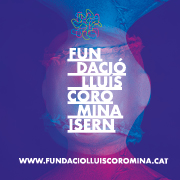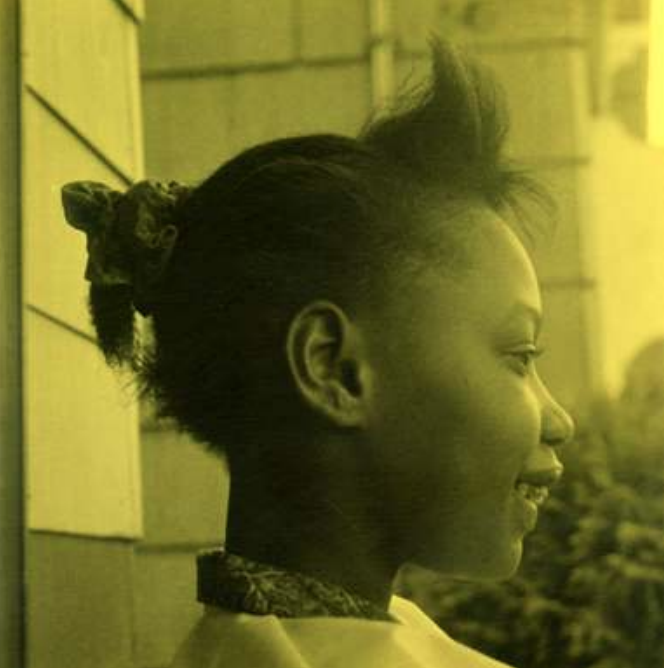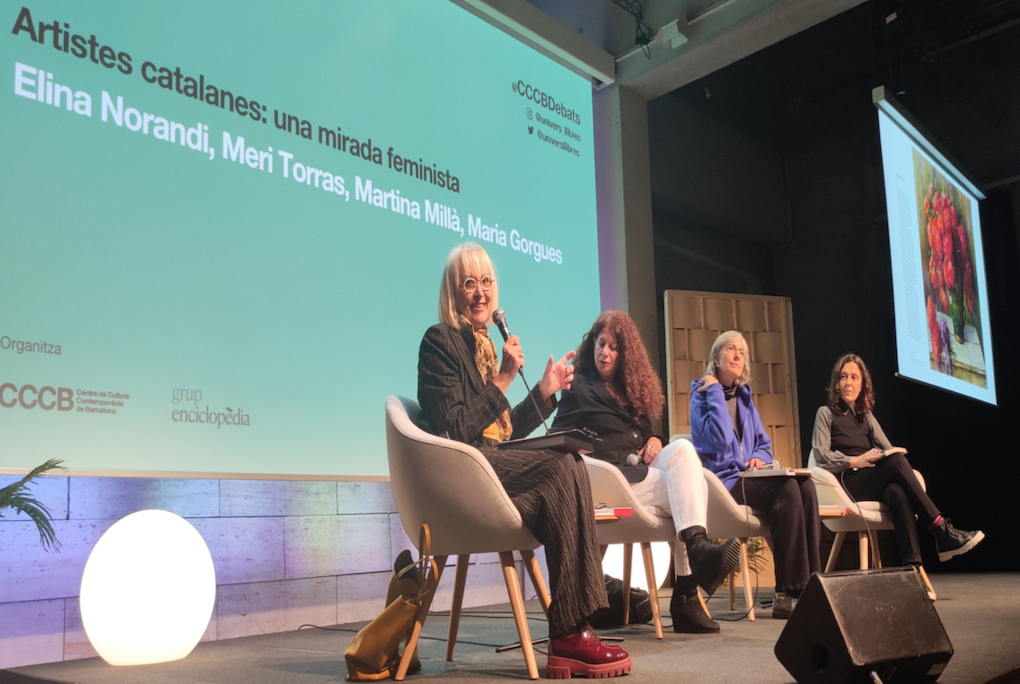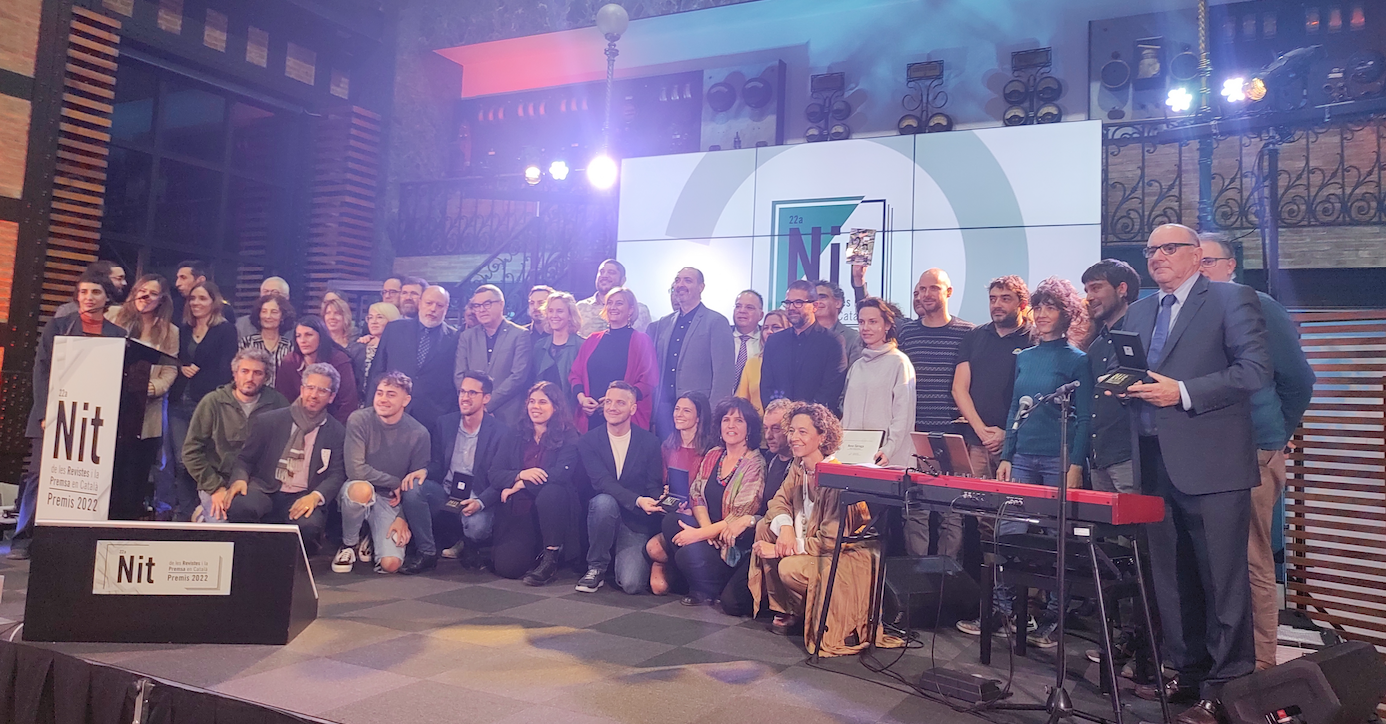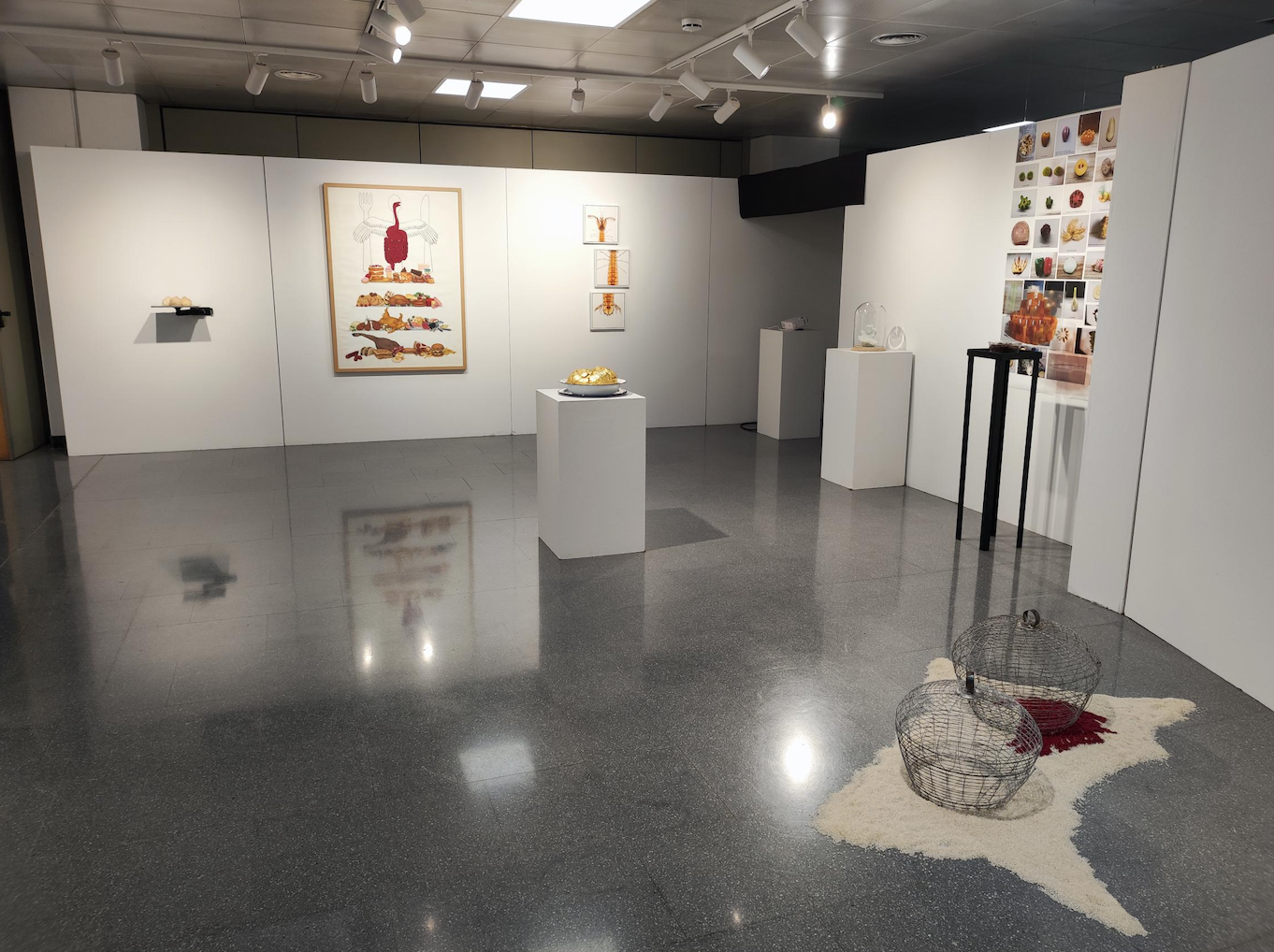Exhibitions
"Daniel-Henry Kahnweiler. Marchant and editor" at the Picasso Museum
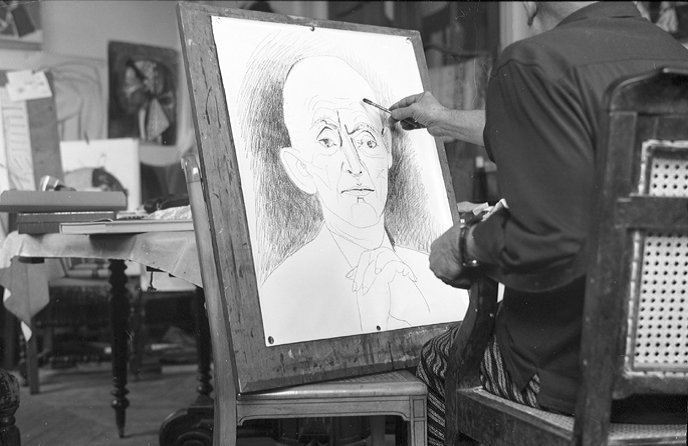
The Picasso Museum in Barcelona presents, until March 19, the Daniel-Henry Kahnweiler exhibition. Marchant and editor where the personality and activity of this exceptional man is shown in all its facets: that of marchant, that of editor and that of historian. The exhibition, organized with the Center Pompidou in Paris and curated by Brigitte Leal under the direction of Emmanuel Guigon, is part of the official program of the Celebración Picasso 1973 – 2023 to commemorate the 50th anniversary of the death of Pablo Picasso and opens the events of the celebration in Barcelona.
In the words of Jordi Martí, Deputy Mayor of Culture, Education, Science and Community, this exhibition begins a series of commemorations that will take place in the county town to also celebrate the commemorative years of two other referential artists of contemporary art and who, like Picasso, have strong roots in the city: Antoni Tàpies and Joan Miró. At the same time, Martí has remarked on Kahnweiler's role as a cultural manager, highlighting his great knowledge of the artistic context of the moment and his role of art protectionism.
Carlos Alberdi, the commissioner of the commemoration of the 50th anniversary of the death of Pablo Picasso, highlighted the celebration itself and the series of exhibitions that will take place in the coming months about Picasso at national and international level and highlighted the figure of Kahnweiler as a visionary, as a great merchant of Cubism.
The exhibition has been made possible thanks to the loan of more than a hundred works from the Kahnweiler-Leiris collection originating from the donation of Louise and Michel Leiris to the Musée national d'art moderne in 1984 and preserved at the Center Pompidou. These works have made it possible to faithfully reconstruct the journey of the man from the three galleries (Kahnweiler, Simon and Leiris), quite a challenge, since Kahnweiler saw thousands of works pass through his hands and orchestrated entire collections everywhere of the world, as Brigitte Leal has told us.
According to Emmanuel Guigon, director of the Picasso Museum, in statements this morning, the exhibition has been designed as a novel with many chapters to be able to also accommodate the facet of publisher, historian and art critic of the dealer and because the route chronological and thematic is explained through works by artists from the Kahnweiler galleries, but it also pivots on the most relevant points of the tormented existence of its founder: the impact of the two wars, the relationship with Germany, the importance of his writings as a whole, the evolution of his exhibitions, the particular place that Picasso occupies and the role of this reserved and singular man.
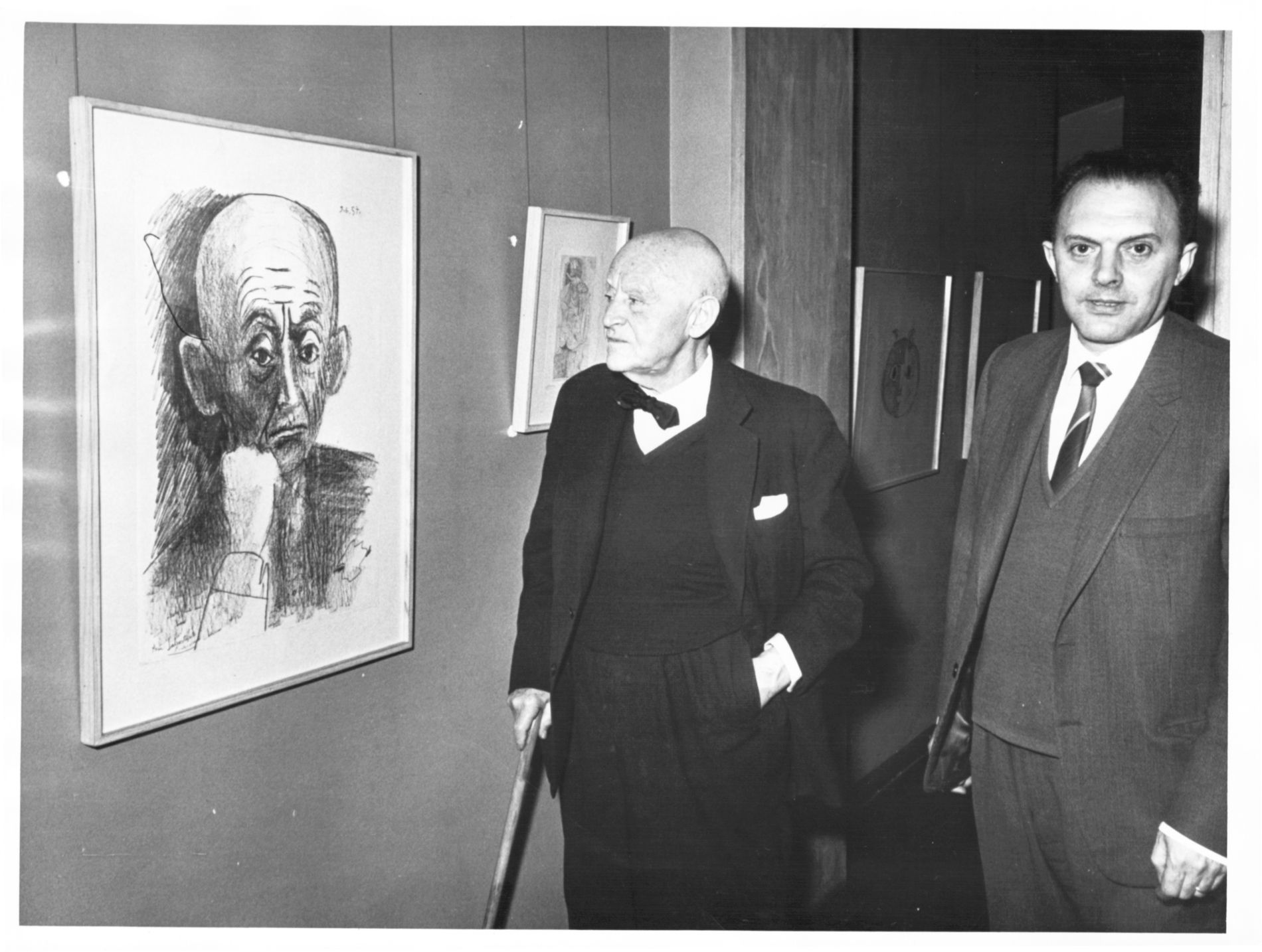 Joaquín M. Domínguez Daniel-Henry Kahnweiler i Joan Ainaud de Lasarte al Museu Picasso de Barcelona Març del 1968 Museu Picasso de Barcelona © Successió Pablo Picasso, VEGAP, Madrid, 2022
Joaquín M. Domínguez Daniel-Henry Kahnweiler i Joan Ainaud de Lasarte al Museu Picasso de Barcelona Març del 1968 Museu Picasso de Barcelona © Successió Pablo Picasso, VEGAP, Madrid, 2022
Daniel-Henry Kahnweiler
In the history of 20th century art, the figure of Daniel-Henry Kahnweiler (1884-1979) is a legend. Of German origin, he chose Paris to open his gallery there in 1907, at number 28 rue Vignon. The few exhibitions and presentations he organized there until 1914 made him the pioneer dealer of Cubism. Promoter of Georges Braque, Pablo Picasso, André Derain and Maurice de Vlaminck, and after Juan Gris and Fernand Léger, Kahnweiler built from scratch an international network of cubist collectors, such as Hermann Rupf, Roger Dutilleul, Vincent Kramar, Serguei Sxukin and Gertrude Stein, and surrounds himself with the best critics, such as Guillaume Apollinaire, Wilhelm Uhde, Ardengo Soffici or Carl Einstein. Kahnweiler was also a writer who became a publisher to bring together, in exquisitely edited books, the poets and painters of the Cubist group: Apollinaire and Derain, in L'Enchanteur pourrissant, in 1909; Max Jacob and Picasso, in Saint-Matorel, in 1910, among others.
The outbreak of the First World War, in 1914, put an end to the rise of the gallery and the quotation of Cubism, since most of the artists of this movement were called to the ranks. Kahnweiler, who is a pacifist, takes refuge in Switzerland under the protection of Hermann Rupf, but the gallery's fund is seized as enemy property and dispersed after four auctions that take place between 1921 and 1923. In 1920 opens, at number 29 rue d'Astorg in Paris, a new gallery named after Kahnweiler's partner, André Simon, from where the gallery's historical artists continue to defend themselves, except for Picasso, now linked to Paul Rosenberg, to which new names like the sculptor Henri Laurens or the Catalans Manolo Hugué and Josep Togores are added; at the same time, Kahnweiler is interested in and promotes new talents such as André Masson, Élie Lascaux or André Beaudin.
The Second World War breaks out and this time Kahnweiler, because of his status as a Jew, is a target. The conflict will lead to the closure of this second gallery, which will rise from its ashes in 1957, under the name of Louise Leiris, Kahnweiler's stepdaughter and married to Michel Leiris. After the death of Kahnweiler in 1979 and of Louise Leiris in 1988, the gallery, located at number 8 rue Monceau, continues Kahnweiler's work, in particular through memorable exhibitions dedicated to Picasso .



